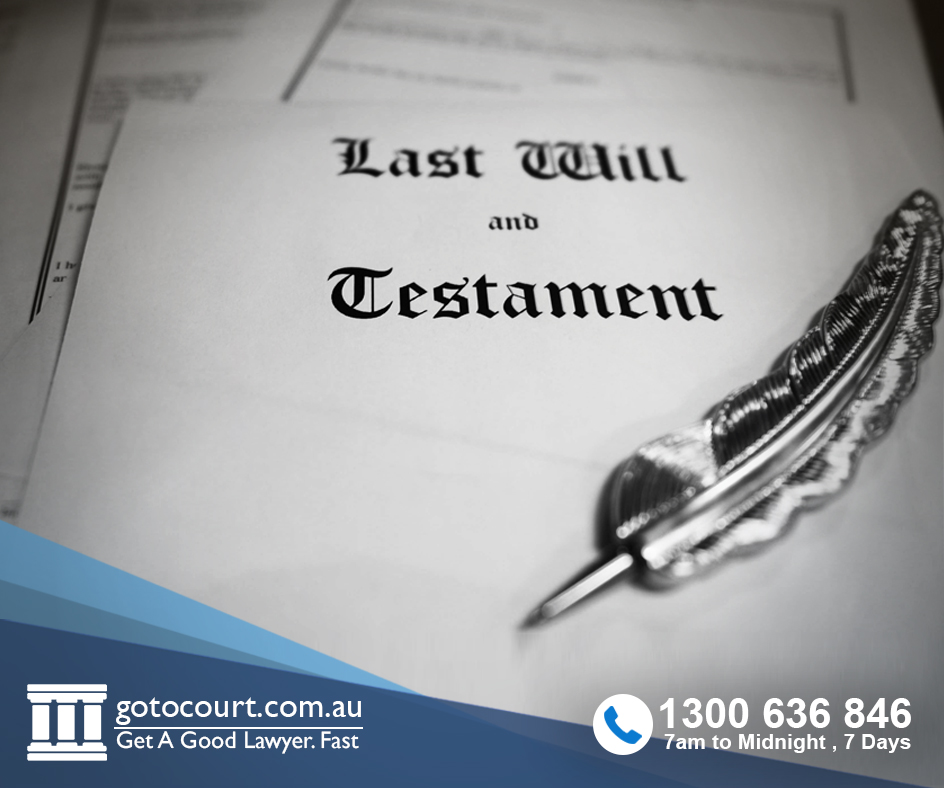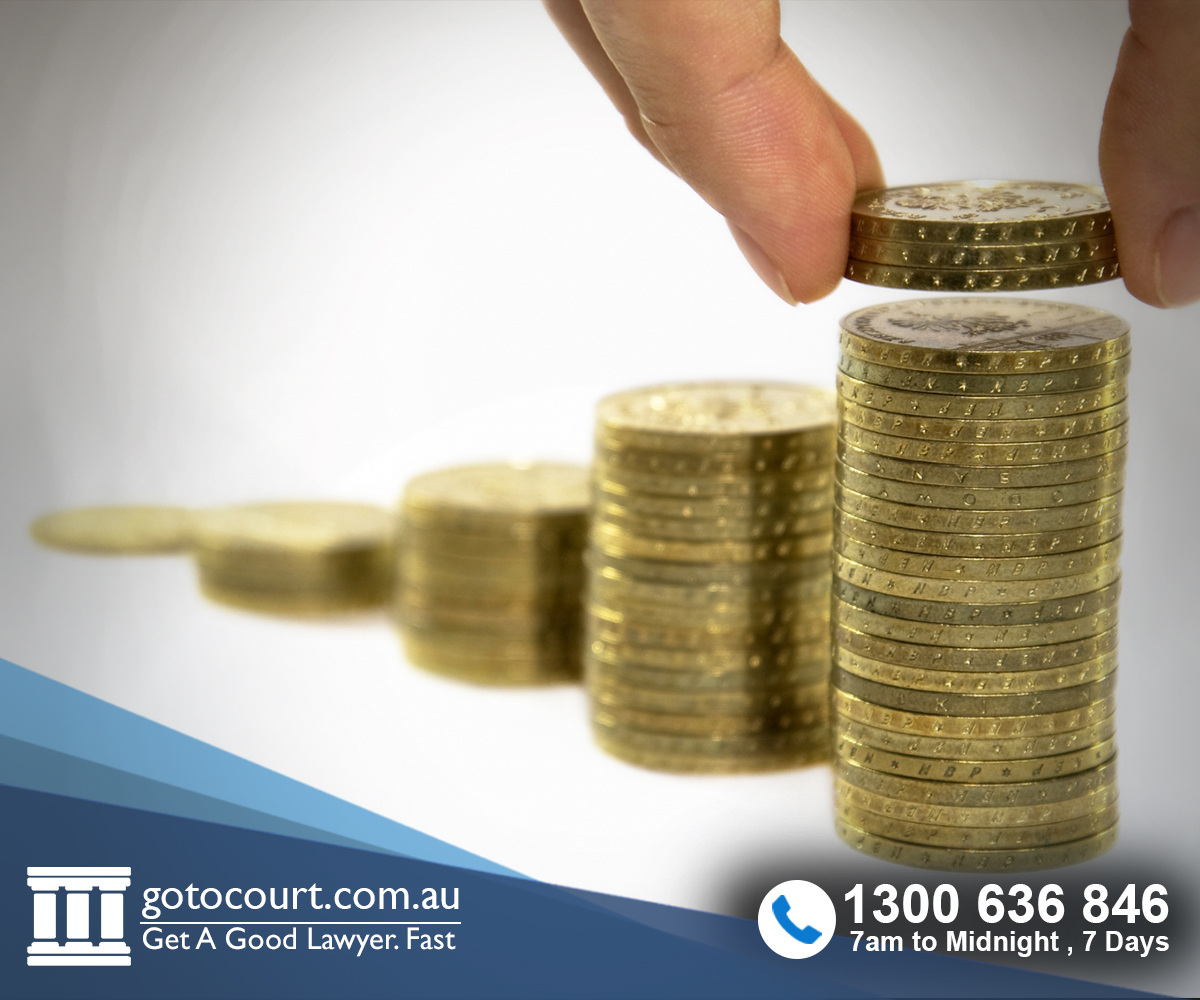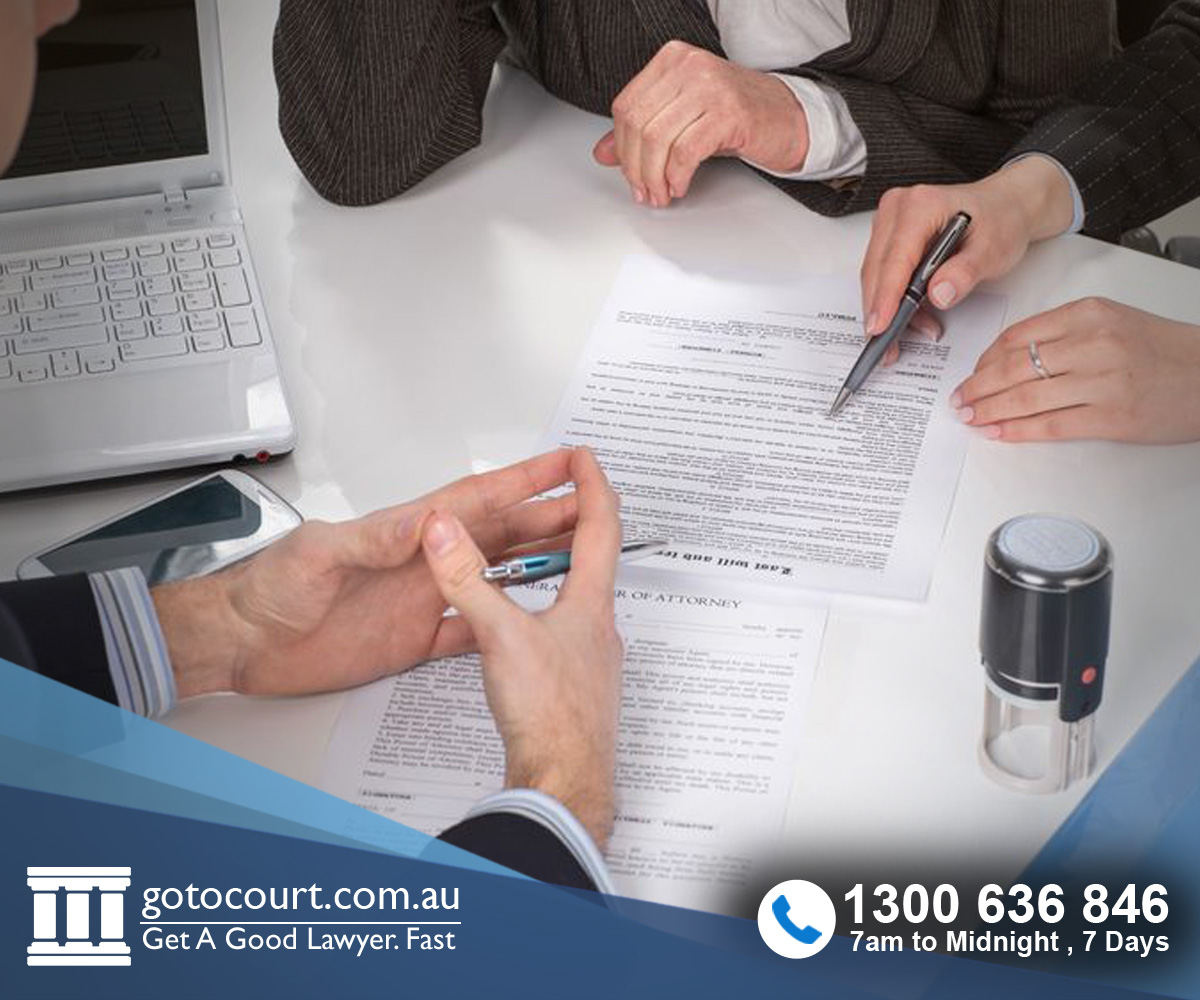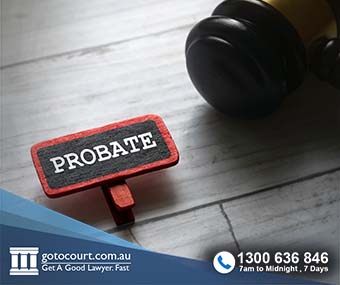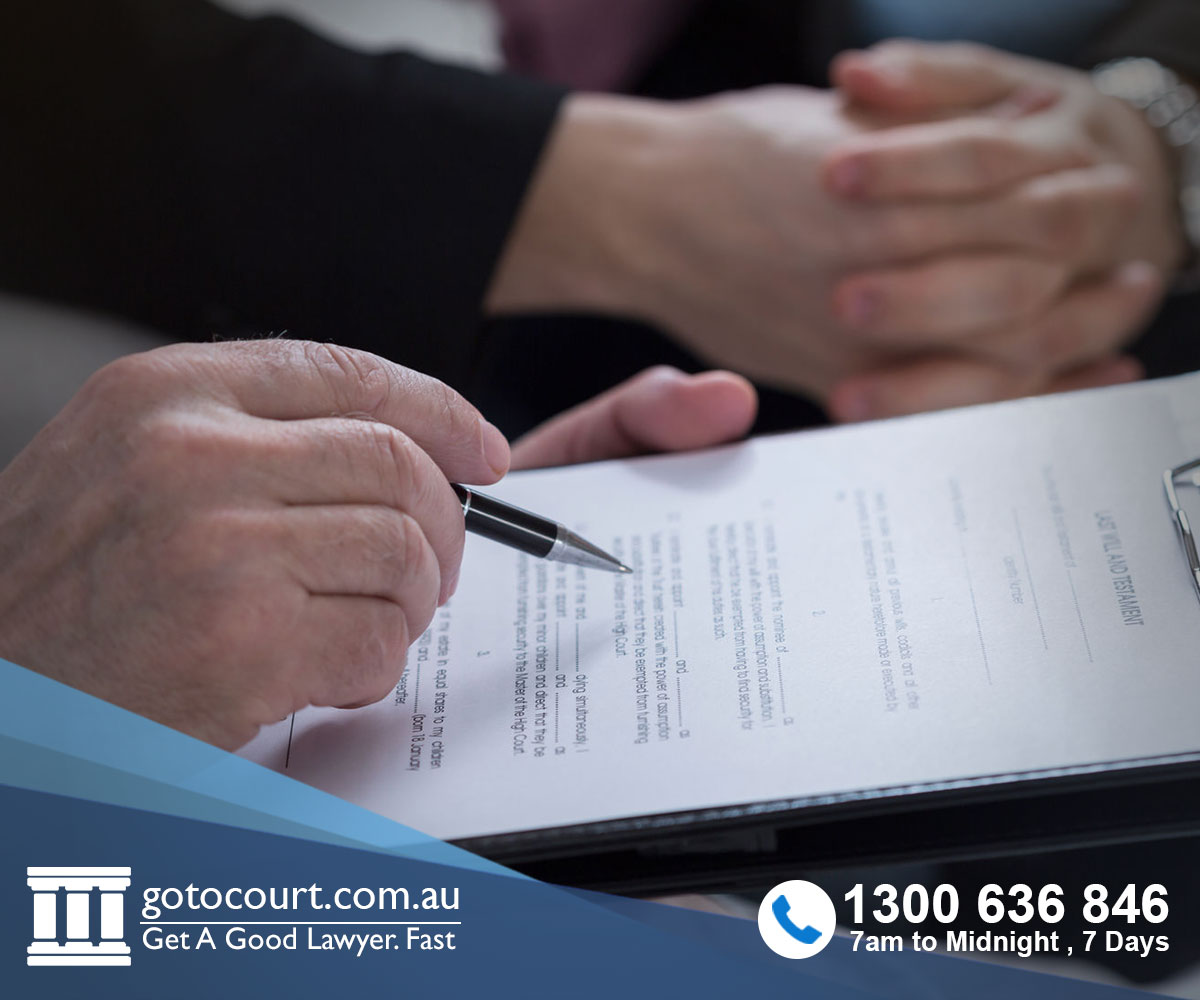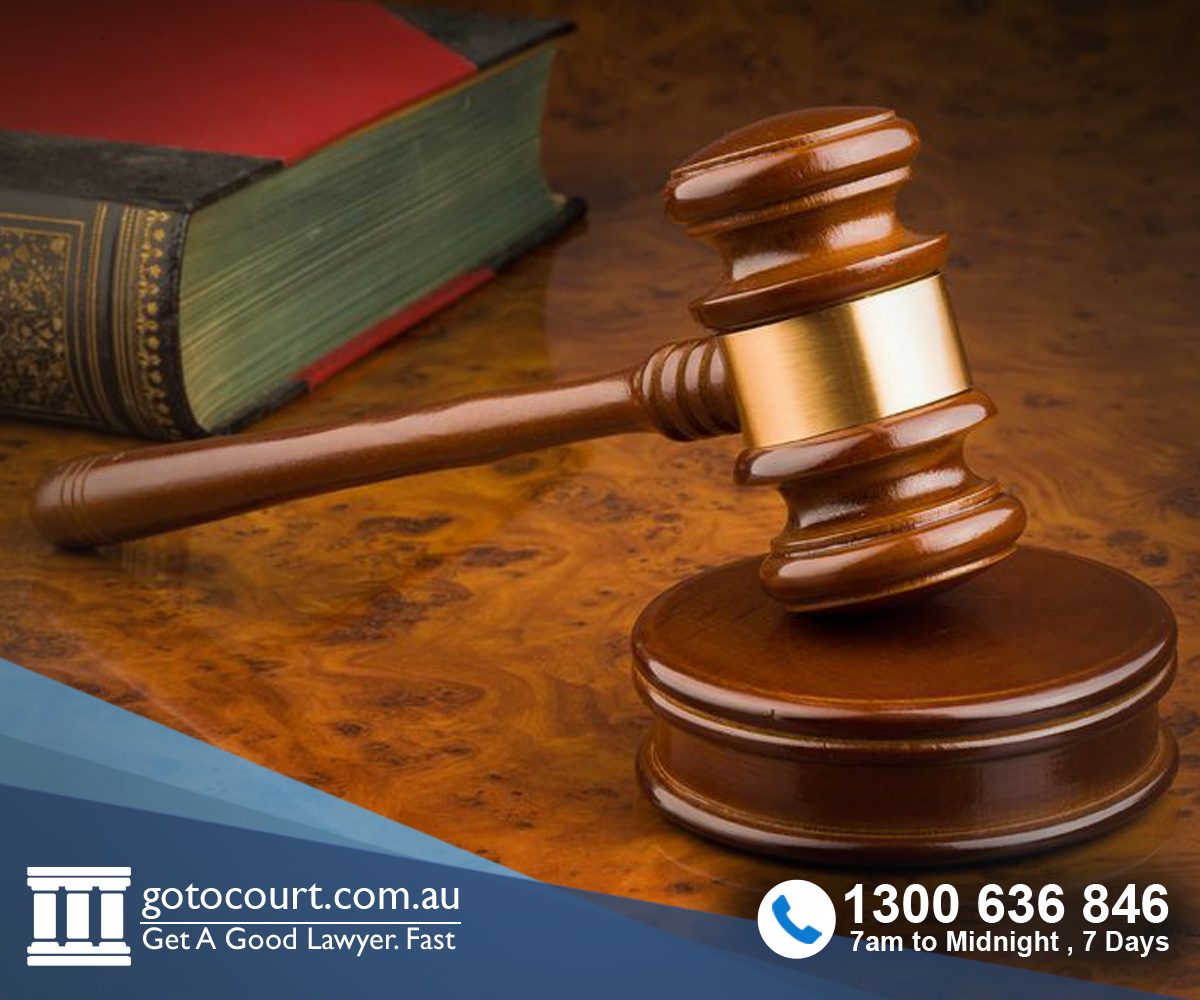Registering a Power of Attorney (Qld)
A power of attorney is a document that gives a second person (the attorney) the authority to make financial and /or personal decisions on behalf of a first person (the principal). If a power of attorney is to be used in a land transaction in Queensland, it must be registered. The process of registering a power of attorney in Queensland is governed by the Powers of Attorney Act 1998.
Why register a power of attorney?
An attorney can only act on behalf of a principal in a land transaction in Queensland if the power of attorney deed grants authority for the attorney to act and it is registered in the Titles Registry.
A general or enduring power of attorney deed must specifically authorise the attorney to deal with financial matters in order for it to be recorded in the Power of Attorney Register. An appointment of an attorney for personal or health matters will not be recorded unless it additionally contains an appointment over financial matters.
When do I need to register a power of attorney?
The power of attorney must be registered before an attorney acts on your behalf in a land transaction.
How do I register a power of attorney in Queensland?
To register a power of attorney, you must lodge a Form 16 – Request to Register Power of Attorney, together with the original Power of Attorney document (or a correctly certified copy), which is to be in one of the following forms:
- Form 1 General Power of Attorney. Alternatively, a general power of attorney can be a deed made by a principal and that power of attorney deed must be attached to the Form 16 instead of a Form 1;
- Form 2 Enduring Power of Attorney (short form) to be used if you want to appoint the same attorney(s) for both financial matters and personal matters; or
- Form 3 Enduring Power of Attorney (long form) to be used if you want to appoint different attorneys for financial matters and personal matters.
A Form 16 can be lodged with the power of attorney document by post or in person at one of the Titles Registry offices or business centres. The form can be submitted either with the original power of attorney or a certified copy. The cost of lodgement is currently $224.32. During lodgement, a label is affixed to the Form 16 which is the dealing number. Once registered, the dealing number becomes the registered power of attorney number.
How do I complete the Form 16 – Request of Register Power of Attorney?
To prepare the Form 16, following the requisite checklist for the type of power of attorney form that applies to you:
- For Form 1 General Power of Attorney, use this Checklist (Form 1);
- Form 2 Enduring Power of Attorney, use this Checklist (Form 2);
- Form 3 Enduring Power of Attorney, use this Checklist (Form 3).
The following table outlines the details to be included in the Form 16:
| Lodger Details | Insert your name (or a law firm will insert their name), postal address, email address and telephone number for correspondence purposes. A law firm will need to provide a lodger code, however if you are lodging it yourself, this is not required. |
| Item 1 | Insert the full name of the principal(s) as written in the power of attorney document. If the principal is appointing an attorney in their personal capacity only, the words ‘and as Trustee/Responsible Entity for’ must be deleted. If there is one principal only, the words ‘jointly and/or severally’ must be deleted. If there is more than one principal indicate whether the principals are appointing in their joint or several capacities and delete the words that do not apply. |
| Item 2 | Insert the full name of the appointed attorney(s). If there is more than one attorney, state how they are to operate, as written in the power of attorney document and delete words that do not apply. |
| Item 3 | Select (and complete) one of the five statements that apply from the list and cross out the statements that do not apply. As you are lodging a power of attorney with this Form, you should select the statement ‘Power of attorney produced with this request’. |
| Item 4 | Insert the page numbering at the top of the form, then print, sign and date the form. The form can be signed by the principal, one of the attorneys or a solicitor. Cross out whether the applicant or a solicitor is signing. No witness is required. |
An example of a completed Form 16 can be accessed here.
If you run out of space
If you run out of space in any item on the Form 16 (for instance, if more signatures are required or if several properties are being described), insert ‘see enlarged panel’ in the relevant item, then complete a Form 20 – Enlarged Panel.
In the Form 20, insert the title reference at the top of the form and the heading of the item. For example, write ‘Item 2. Lot on Plan Description’ followed by the information. Once completed, enter the page numbers on the top right of all pages.
Please note that the Titles Registry has strict requirements on how forms are to be completed. Forms can be completed by hand in black or blue pen or on the computer.
Signatures and dates must be in original ink. Text entered on the computer should be in Arial 10 point or larger.
The form must be printed one sided on A4 white paper and cannot be folded. The size of the panels can be changed but no other changes can be made.
How do I remove a power of attorney from the register?
A general power of attorney can be revoked in accordance with Chapter 2 Part 3 of the Powers of Attorney Act 1998 (Qld) and an enduring power of attorney can be revoked in accordance with Chapter 3 Part 5 of the Act.
To remove a power of attorney from the register in Queensland, complete the following steps:
- Complete a Form 16 – Request to Register Revocation of Power of Attorney;
- At Item 3 of the Form 16, select and complete the statement ‘the attached Revocation of Power of Attorney Dealing no. [insert power of attorney number]’; and
- Attach a completed Revocation of Power of Attorney (either a Form 5 Revocation of a General Power of Attorney to revoke a general power of attorney or a Form 6 Revocation of an Enduring Power of Attorney to revoke an enduring power of attorney). A revocation of a general power of attorney can be a deed made by a principal and that deed of revocation must be attached to the Form 16 instead of a Form 5.
Only a principal has who complied with sections 16 and 46 of the Act can register a revocation. A revocation cannot be registered if the power of attorney is not registered in the registry.
If you require legal advice or representation in any legal matter, please contact Go To Court Lawyers.

